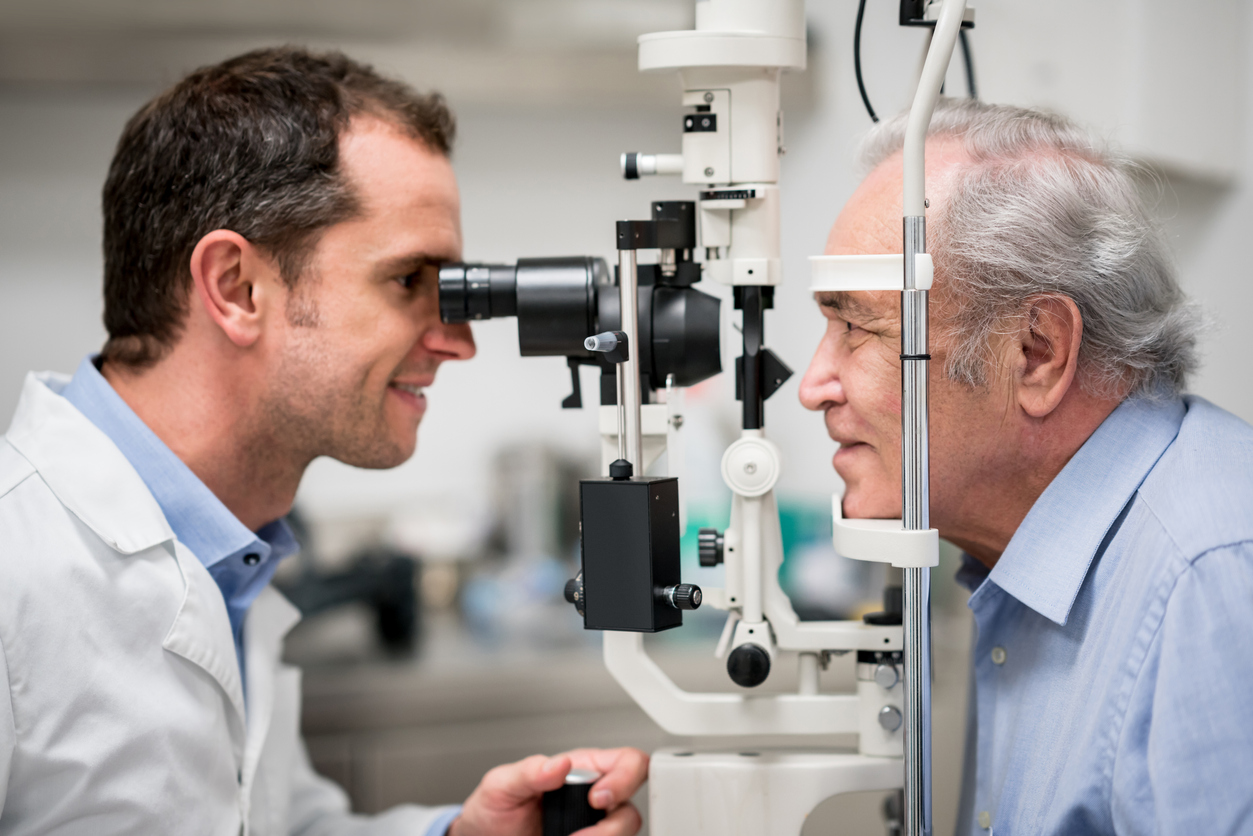Diabetic Retinopathy: Symptoms, Causes, Treatment
What are the symptoms of diabetic retinopathy?
Diabetic retinopathy is a complication of diabetes that affects the eyes. It occurs when high blood sugar levels damage the blood vessels in the retina, the light-sensitive tissue at the back of the eye. Diabetic retinopathy often develops gradually and may not cause symptoms in the early stages. However, as the condition progresses, symptoms may include:
- Blurred or Distorted Vision: Blurred vision is a common symptom of diabetic retinopathy. Vision may also become distorted or wavy.
- Floaters: Floaters are spots or dark strings that appear to float in the field of vision. They may be a sign of bleeding in the eye (vitreous hemorrhage).
- Impaired Color Vision: Colors may appear faded or less vivid than usual.
- Dark or Empty Areas in Vision: Dark or empty areas in the field of vision may occur, indicating areas of retinal damage.
- Difficulty Seeing at Night: Night vision may be impaired.
- Vision Loss: In advanced stages of diabetic retinopathy, vision loss can occur.
It’s important to note that diabetic retinopathy may not cause symptoms in the early stages, which is why regular eye exams are important for people with diabetes. If you experience any of these symptoms, especially if they are new or worsening, it’s important to see an eye care professional for an evaluation. Early detection and treatment of diabetic retinopathy can help prevent vision loss and preserve vision.
What are the causes of diabetic retinopathy?
Diabetic retinopathy is caused by damage to the blood vessels in the retina, the light-sensitive tissue at the back of the eye. The main causes of diabetic retinopathy include:
- High Blood Sugar Levels: High blood sugar levels over time can damage the small blood vessels in the retina. This damage can lead to swelling (macular edema), the growth of abnormal blood vessels, and bleeding in the eye (vitreous hemorrhage).
- Duration of Diabetes: The longer a person has diabetes, the higher their risk of developing diabetic retinopathy. Poorly controlled diabetes increases the risk of damage to the blood vessels in the retina.
- Type of Diabetes: Both type 1 and type 2 diabetes can lead to diabetic retinopathy. However, the risk is higher in people with type 1 diabetes, especially if the condition is diagnosed at a young age.
- Blood Pressure and Cholesterol Levels: High blood pressure and high cholesterol levels can increase the risk of diabetic retinopathy and its progression.
- Pregnancy: Pregnancy can increase the risk of diabetic retinopathy, especially in women with preexisting diabetes.
- Other Factors: Other factors that may increase the risk of diabetic retinopathy include smoking, obesity, and a family history of diabetes or diabetic retinopathy.
Managing blood sugar levels, blood pressure, and cholesterol levels, as well as quitting smoking, can help reduce the risk of developing diabetic retinopathy. Regular eye exams are also important for detecting and managing diabetic retinopathy early, when treatment is most effective.
What is the treatment for diabetic retinopathy?
The treatment for diabetic retinopathy depends on the stage of the disease and the specific problems it is causing. Treatment options may include:
- Regular Monitoring: In the early stages of diabetic retinopathy, regular eye exams are important to monitor the condition and detect any changes early.
- Blood Sugar Control: Managing blood sugar levels through diet, exercise, and medication is important for preventing and slowing the progression of diabetic retinopathy.
- Blood Pressure and Cholesterol Control: Managing blood pressure and cholesterol levels is important for reducing the risk of diabetic retinopathy and its progression.
- Laser Treatment: Laser treatment (photocoagulation) can be used to seal leaking blood vessels in the retina or to shrink abnormal blood vessels. This treatment can help prevent further vision loss.
- Injections: Anti-VEGF medications can be injected into the eye to help reduce swelling and prevent the growth of abnormal blood vessels.
- Vitrectomy: In advanced cases of diabetic retinopathy, a vitrectomy may be performed. This surgical procedure involves removing the vitreous gel from the eye to allow for better visualization and treatment of the retina.
- Steroid Implants: Tiny steroid implants can be placed in the eye to release medication over time and reduce swelling in the retina.
- Education and Support: Diabetes education and support programs can provide valuable information and resources to help manage diabetes and prevent complications such as diabetic retinopathy.
It’s important for people with diabetic retinopathy to work closely with their healthcare team, including an eye care professional, to develop a treatment plan that meets their needs. Regular eye exams are also important for monitoring the condition and adjusting treatment as needed. Early detection and treatment of diabetic retinopathy can help prevent vision loss and preserve vision.




